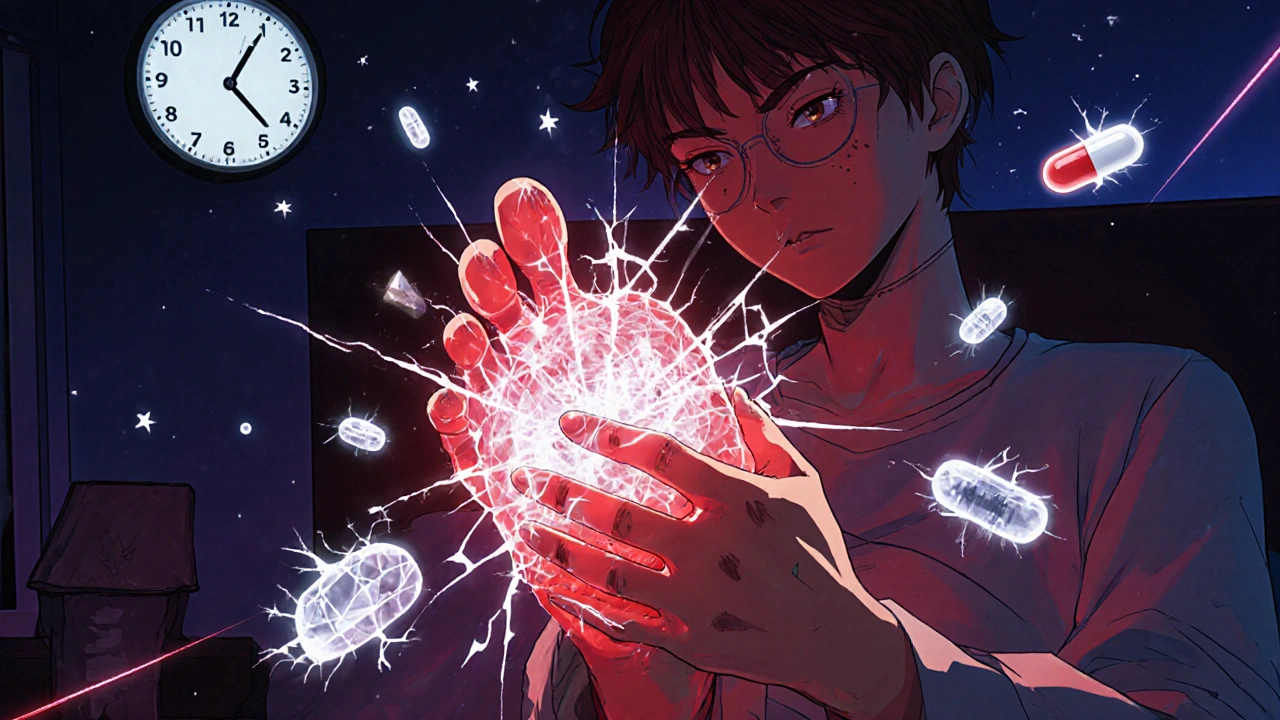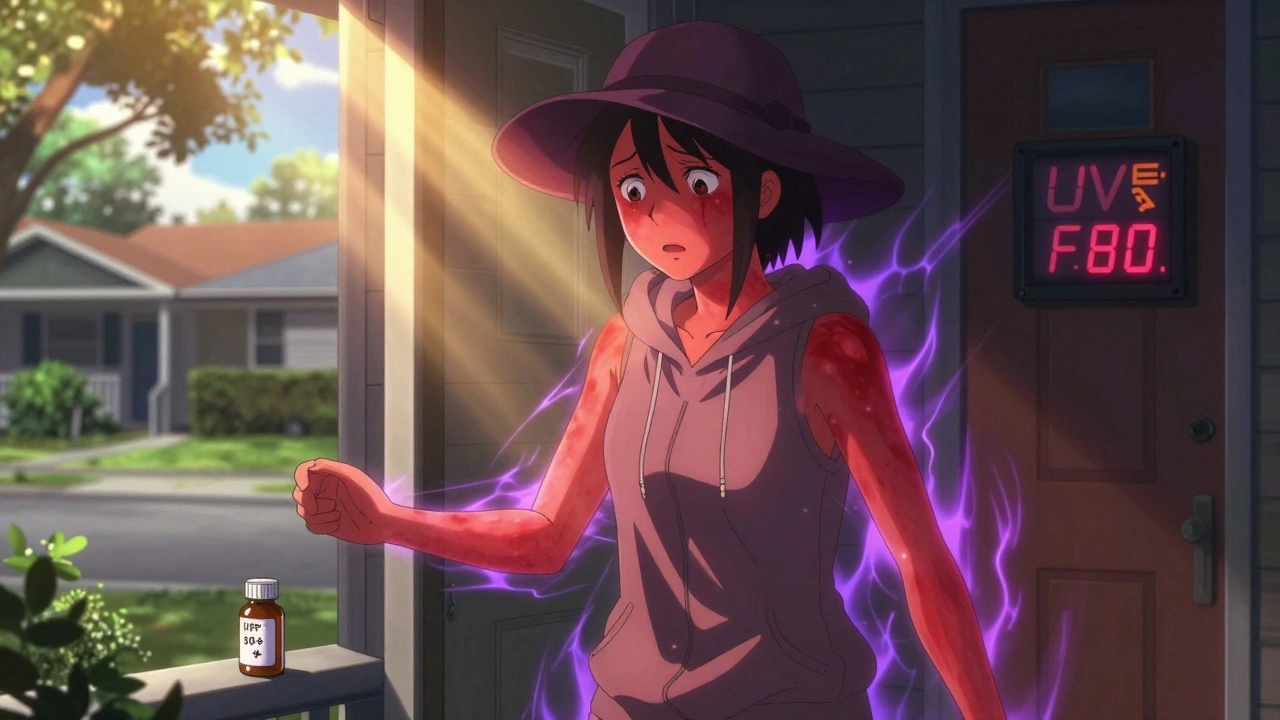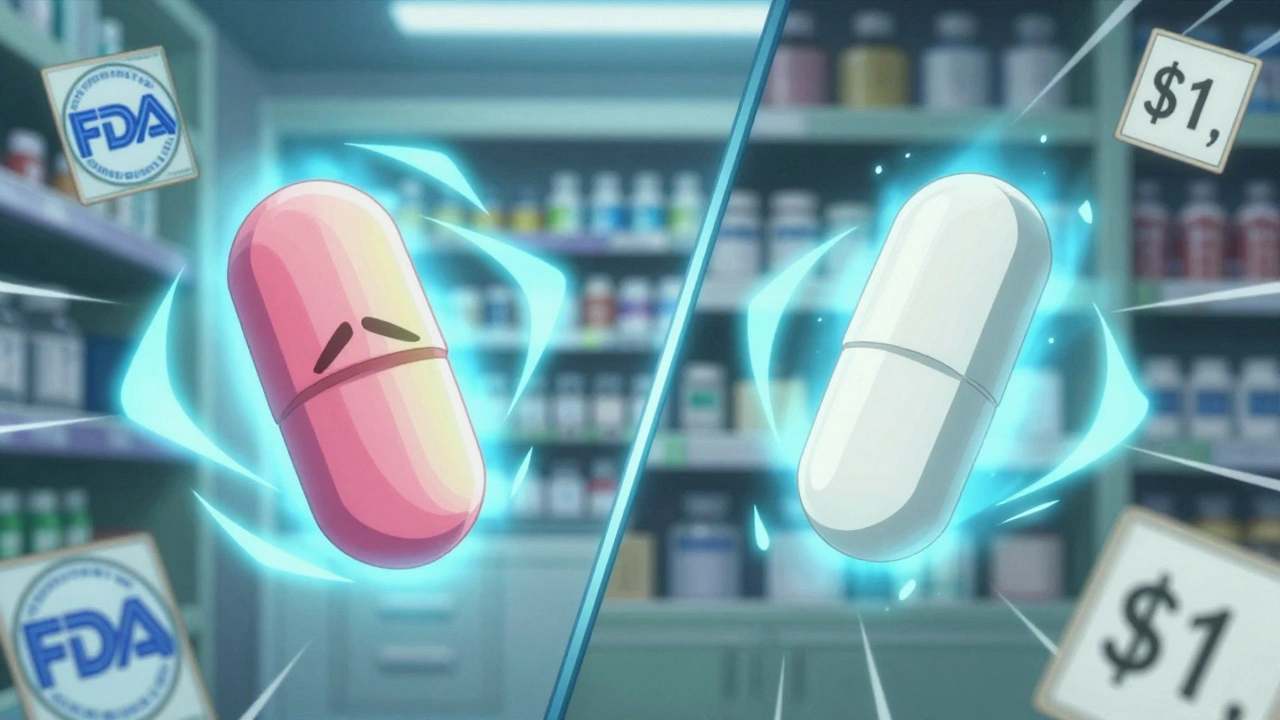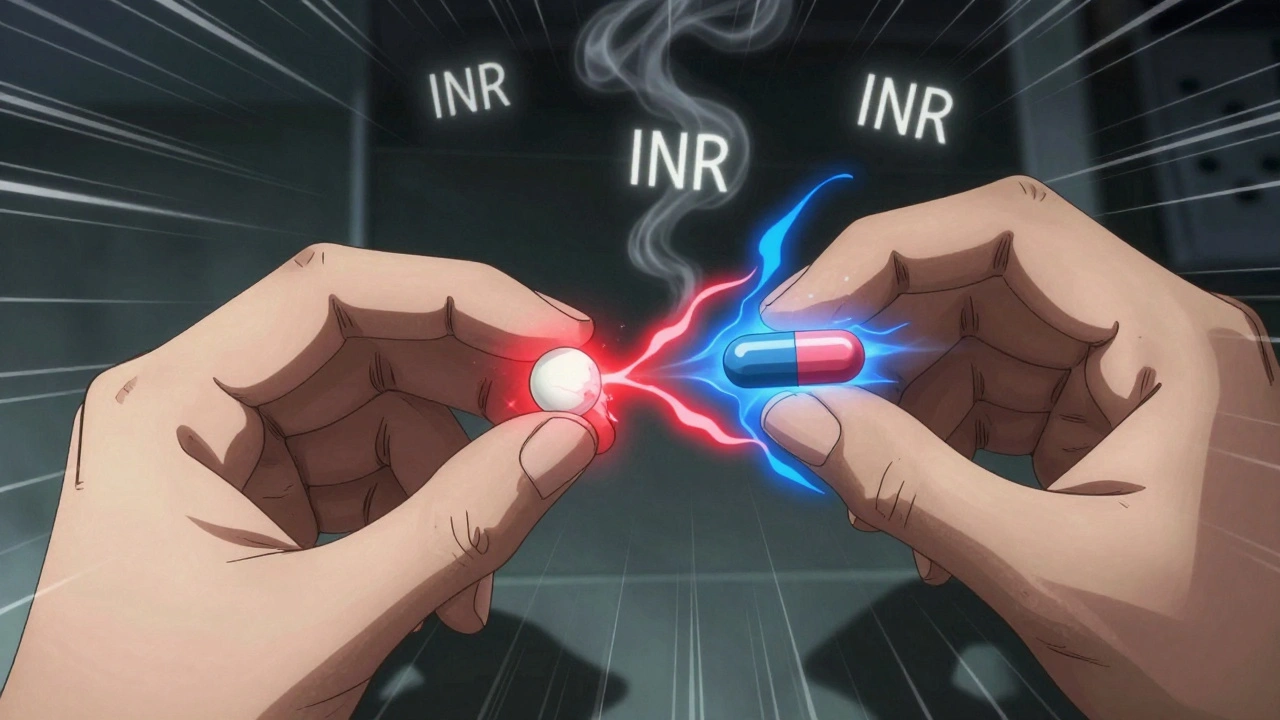Colchicine Side Effects: What You Need to Know Before Taking It
When you take colchicine, a medication used primarily to treat gout flares and familial Mediterranean fever. It works by reducing inflammation in the joints, but it’s not a painkiller — it targets the root cause. Also known as colchicine sodium, this drug has been used for centuries, yet many people don’t realize how easily it can turn dangerous if misused. Even at low doses, colchicine side effects can be serious, especially if you’re also taking statins, antibiotics like clarithromycin, or certain heart medications. The risk goes up fast if you have kidney or liver problems, which is why your doctor needs to know your full health history before prescribing it.
One of the biggest dangers is colchicine toxicity, a life-threatening buildup of the drug in your body. Symptoms like severe diarrhea, vomiting, muscle weakness, or numbness in your hands and feet aren’t just annoying — they’re warning signs. If you’ve ever had a bad reaction to colchicine before, you’re at higher risk. And if you’re over 65, your body clears the drug slower, so even standard doses can become toxic. Many people don’t realize that taking colchicine with grapefruit juice or certain supplements can also spike your blood levels. It’s not just about the pill — it’s about what else is in your system. That’s why lab monitoring calendars and regular blood tests are often recommended, especially if you’re on long-term therapy. You wouldn’t drive a car without checking the oil, so why risk your health without tracking how your body responds?
Colchicine isn’t the first choice for everyone. If you’re managing gout, you might also hear about allopurinol, a drug that lowers uric acid levels over time. Or febuxostat, which works similarly. But colchicine is fast — it hits hard during a flare. That speed comes with a price. The side effects aren’t rare. They’re common enough that doctors now warn patients to stop taking it at the first sign of gastrointestinal trouble. No need to push through it. No need to tough it out. Your body is telling you something. What you’ll find below are real, practical guides from people who’ve been there — how to spot early signs of trouble, how to talk to your pharmacist about drug interactions, and what alternatives might work better for your situation. These aren’t theoretical tips. They’re lessons from those who learned the hard way.
Colchicine vs Alternatives: What Works Best for Gout and Inflammation?
Colchicine treats gout flares but has serious side effects. Learn how NSAIDs, steroids, and newer biologics compare as safer, more effective alternatives based on your health profile.






